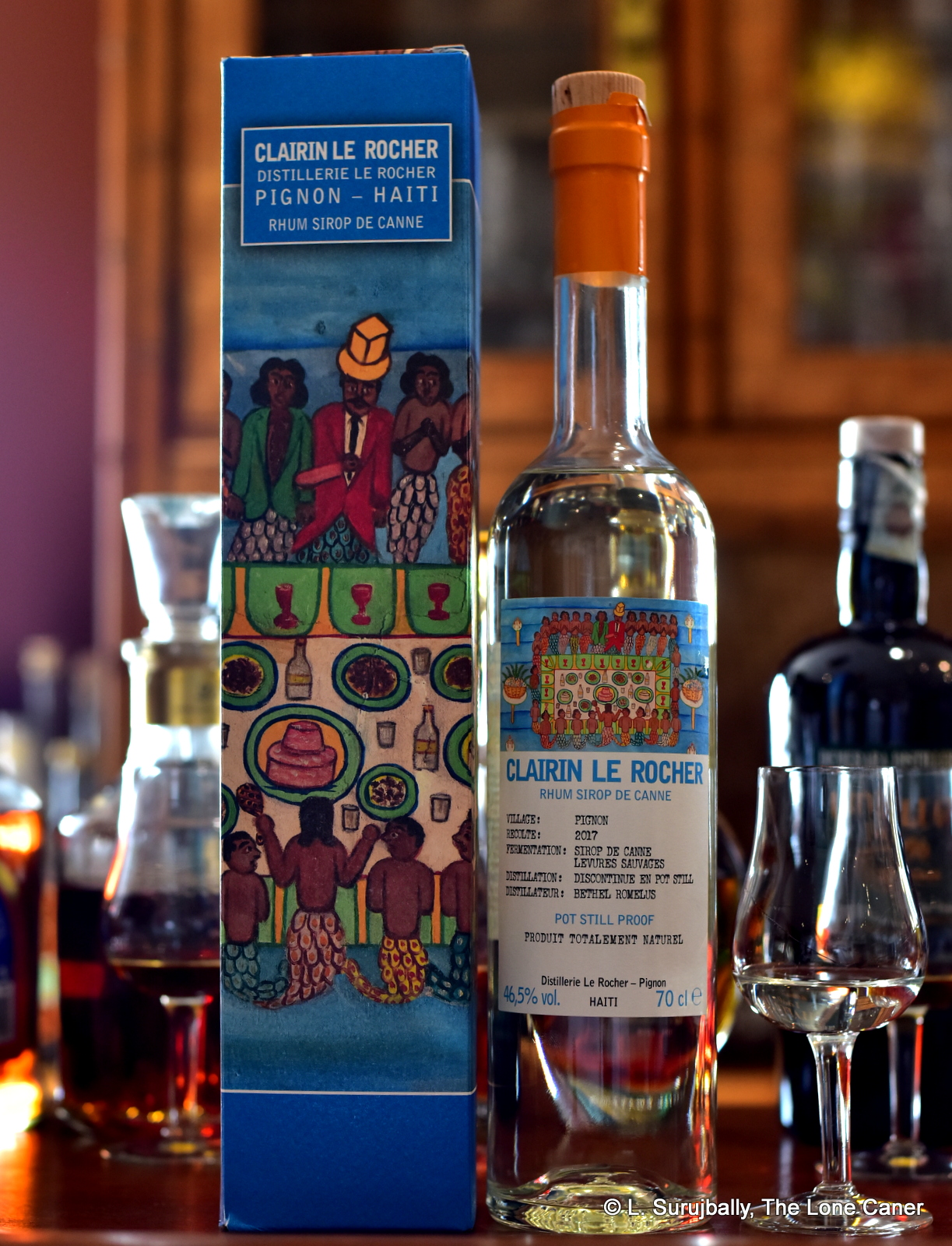
#509
Plastic. Lots and lots of plastic. And rubber. The clairin “Le Rocher” is a hydrocarbon lover’s wet dream, and if you doubt that, just take a gentle sniff of this Haitian white. It is one of the richest whites from Haiti I’ve managed to try, and the best part is, those opening notes of the nose don’t stop there – they develop into a well balanced combination of acetone, salt, soya, and a spicy vegetable soup, into which a cut of jerk chicken thrown in for good measure to add some depth (I swear, I’m not making this up). And if that isn’t enough, half an hour later you’ll be appreciating the watermelons, sugar water and light cinnamon aromas as well. This rum is certifiable, honestly – no unaged white should ever be able to present such a delightfully crazy-ass smorgasbord of rumstink, and yet, here it is and here it reeks. It’s pretty close to awesome.
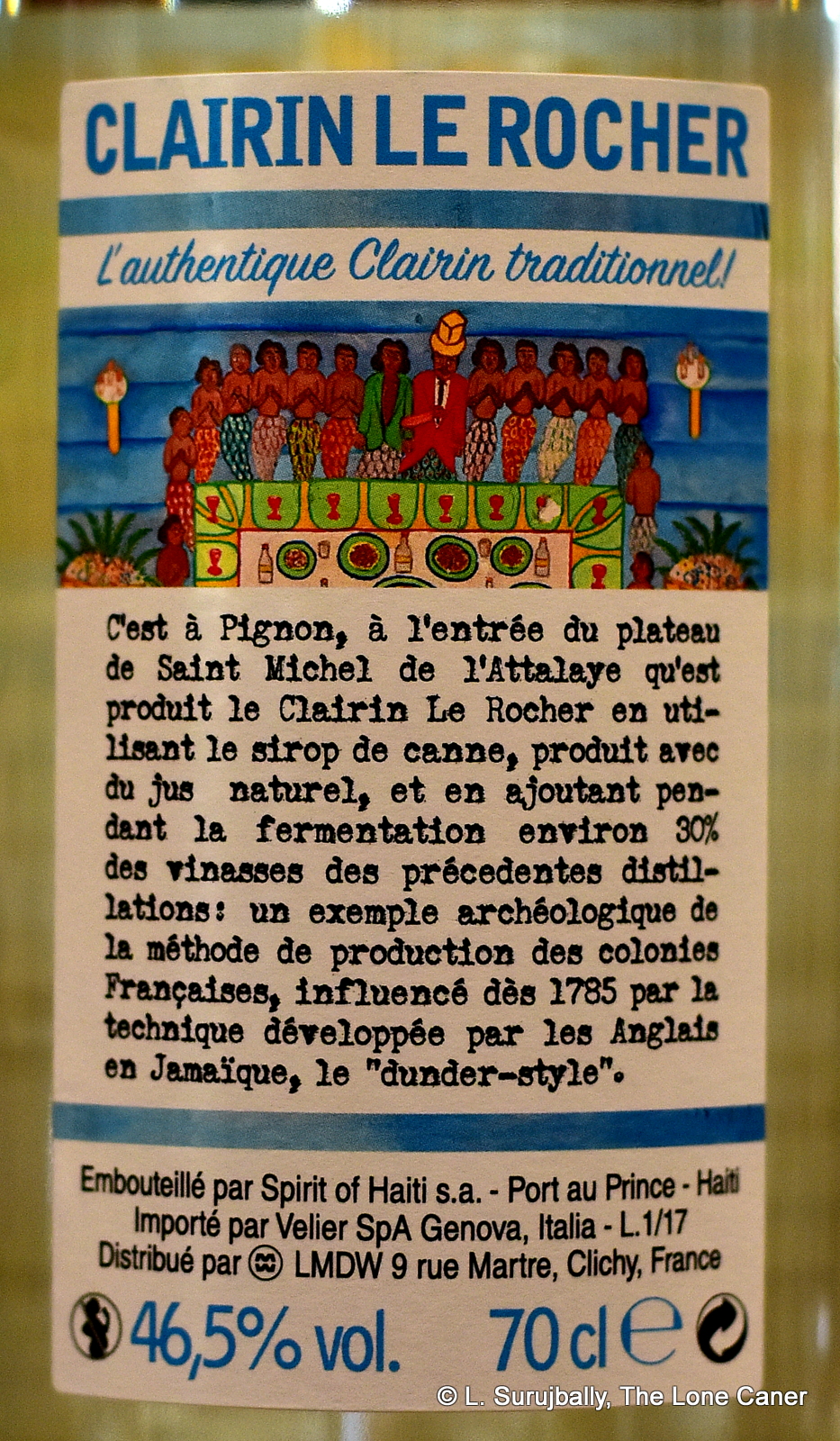 Sometimes a rum gives you a really great snooting experience, and then it falls on its behind when you taste it – the aromas are not translated well to the flavour on the palate. Not here. In the tasting, much of the richness of the nose remains, but is transformed into something just as interesting, perhaps even more complex. It’s warm, not hot or bitchy (46.5% will do that for you), remarkably easy to sip, and yes, the plasticine, glue, salt, olives, mezcal, soup and soya are there. If you wait a while, all this gives way to a lighter, finer, crisper series of flavours – unsweetened chocolate, swank, carrots(!!), pears, white guavas, light florals, and a light touch of herbs (lemon grass, dill, that kind of thing). It starts to falter after being left to stand by itself, the briny portion of the profile disappears and it gets a little bubble-gum sweet, and the finish is a little short – though still extraordinarily rich for that strength – but as it exits you’re getting a summary of all that went before…herbs, sugars, olives, veggies and a vague mineral tang. Overall, it’s quite an experience, truly, and quite tamed – the lower strength works for it, I think.
Sometimes a rum gives you a really great snooting experience, and then it falls on its behind when you taste it – the aromas are not translated well to the flavour on the palate. Not here. In the tasting, much of the richness of the nose remains, but is transformed into something just as interesting, perhaps even more complex. It’s warm, not hot or bitchy (46.5% will do that for you), remarkably easy to sip, and yes, the plasticine, glue, salt, olives, mezcal, soup and soya are there. If you wait a while, all this gives way to a lighter, finer, crisper series of flavours – unsweetened chocolate, swank, carrots(!!), pears, white guavas, light florals, and a light touch of herbs (lemon grass, dill, that kind of thing). It starts to falter after being left to stand by itself, the briny portion of the profile disappears and it gets a little bubble-gum sweet, and the finish is a little short – though still extraordinarily rich for that strength – but as it exits you’re getting a summary of all that went before…herbs, sugars, olives, veggies and a vague mineral tang. Overall, it’s quite an experience, truly, and quite tamed – the lower strength works for it, I think.
Clairins no longer need much introduction. Velier’s been promoting them up and around the world, people have been shuddering and cheering about their profiles in equal measure for years now. We know what they are. What we don’t know is the producers and individual methods. Here’s what I know: Le Rocher (“The Rock”, named after Matthew’s injunction in 7: 24-27 not to build on sand) is the product of Bethel Romelus, whose little op is located in the village of Pignon, about an hour’s jouncing away from St Michel where Michel Sajous fires up the Sajous. Le Rocher is different from the other clairins I’ve looked at so far in that it is made from sugar cane juice from three different varieties of cane, which is boiled down to syrup. It’s fermented naturally, with maybe a 1/3 of the syrup being made from previous vinasses, then run through a discontinuous pot still, before being bottled as is. No ageing, no dilution, no filtration, no additions. A pure, natural, organic rum for all those whole drool over such statistics.
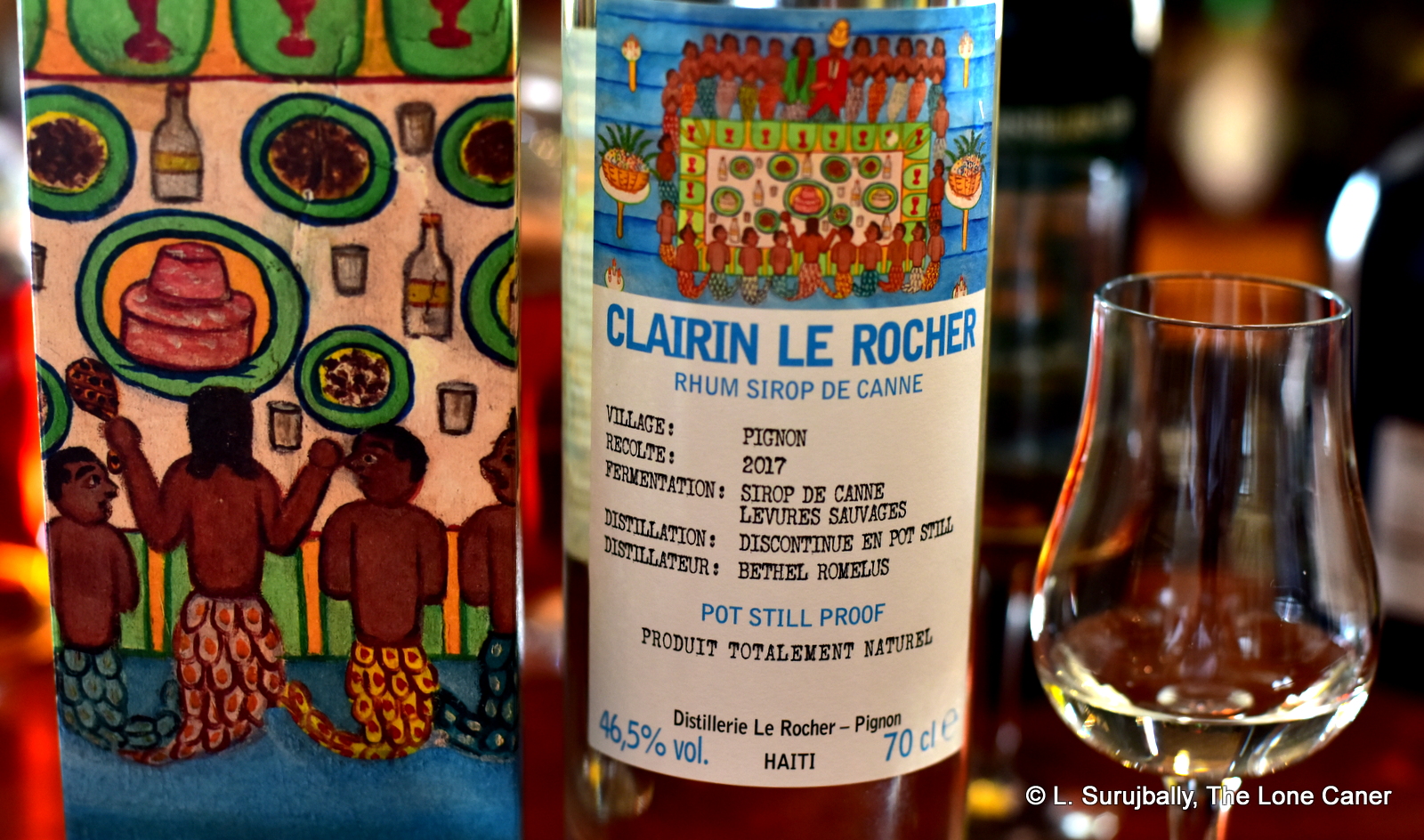
Personally, I’m impressed with the rum as a whole, but if you disagree, I fully understand the source of your doubt – you gotta be into unaged, unhinged whites to be a fanboy of this stuff – for me, that’s catnip, for you, perhaps not so much. Still, If I had to rate the clairins which Velier is putting out the door, I’d say the Sajous remains the most certifiable, the Casimir the most elegant, the Vaval the easiest for its strength. But the Le Rocher….it’s perhaps the most approachable for the average Joe who wants to know what the fuss is all about and is willing to try one, but is cautious about mucking around with the >50% sarissas of the first three. By going to a lower ABV, by taming a remarkable panoply of potent and pungent smells and tastes, by changing (slightly) the way it’s made, the Le Rocher is setting a standard as high as its creole-still cousins, and if your tastes bend in this direction, it’s definitely worth adding to your collection of whites, and clairins.
(85/100)
Other notes
- In doing my research I found references to other varieties of the Le Rocher tried at various rumfests last year: one at 51%, another at 43.5%.
- Back label translation: “It is at Pignon, at the entrance to the plateau of St. Michael de l’Attalaye, that the Le Rocher clairin is produced using cane syrup, produced from natural juice, adding during fermentation about 30% vinasses from the previous distillations: an archaeological example of the method of production of the French colonies, influence of 1785 by the technique developed by the English in Jamaica, the “dunder-style.”
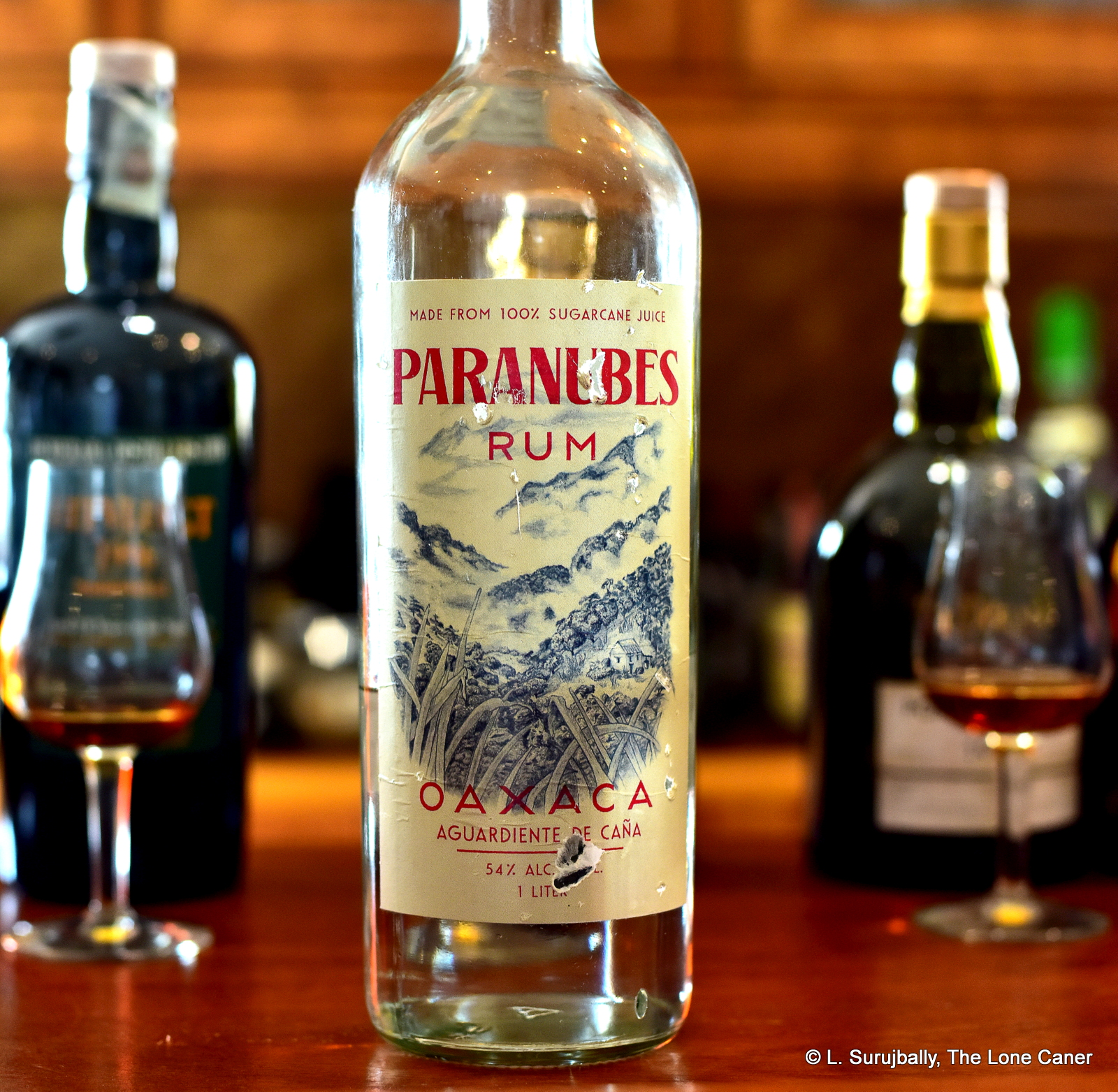
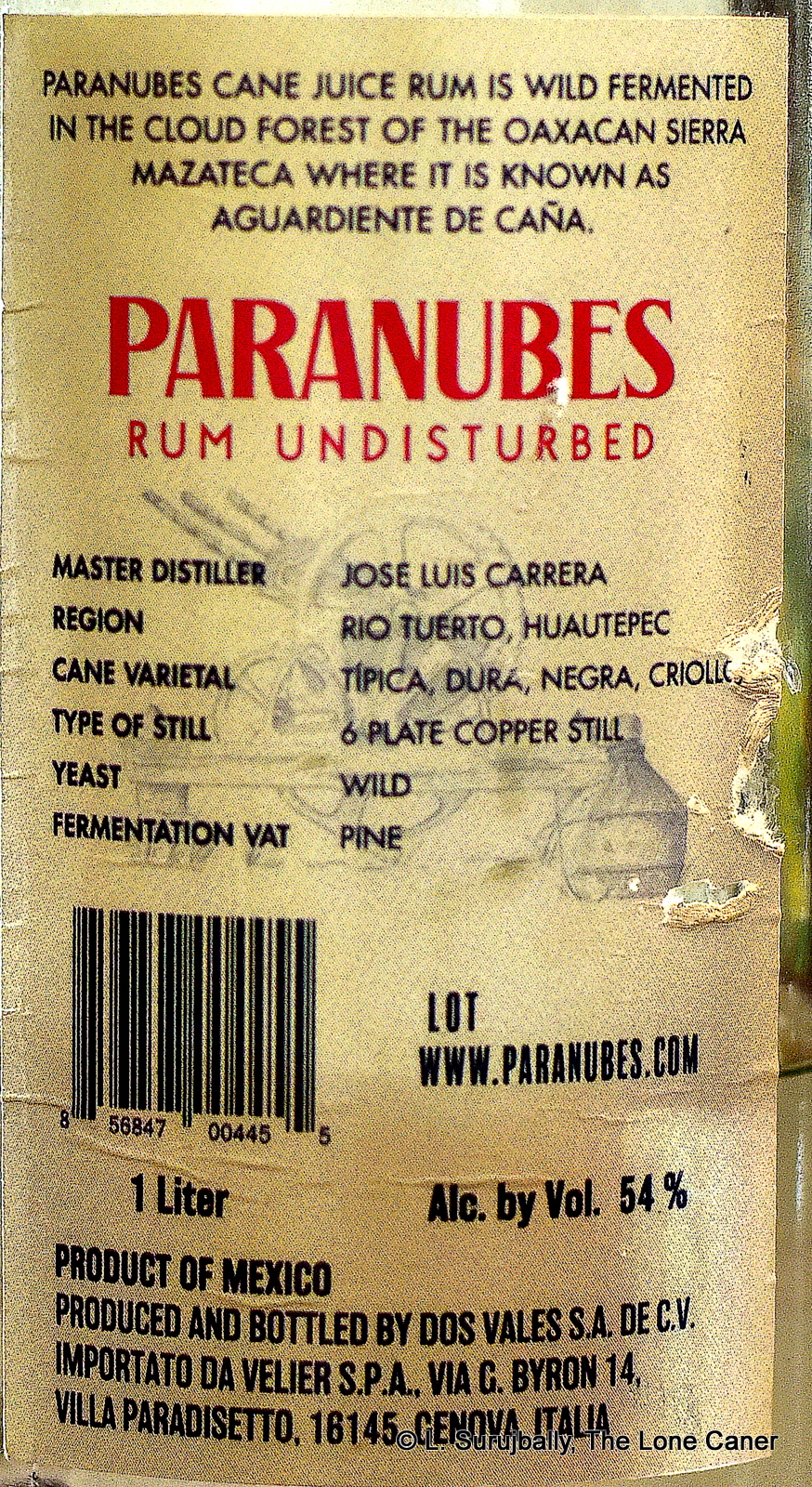
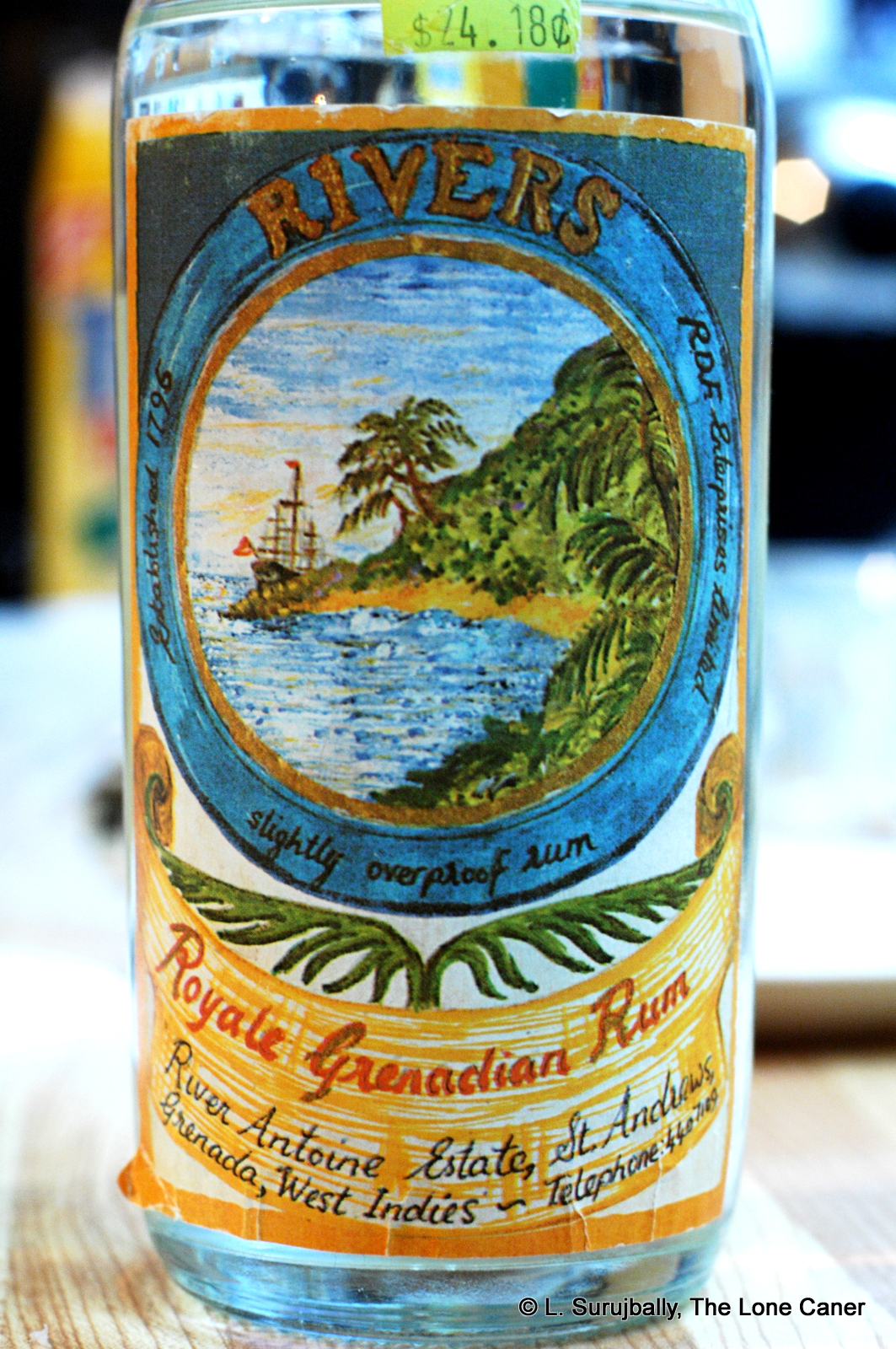
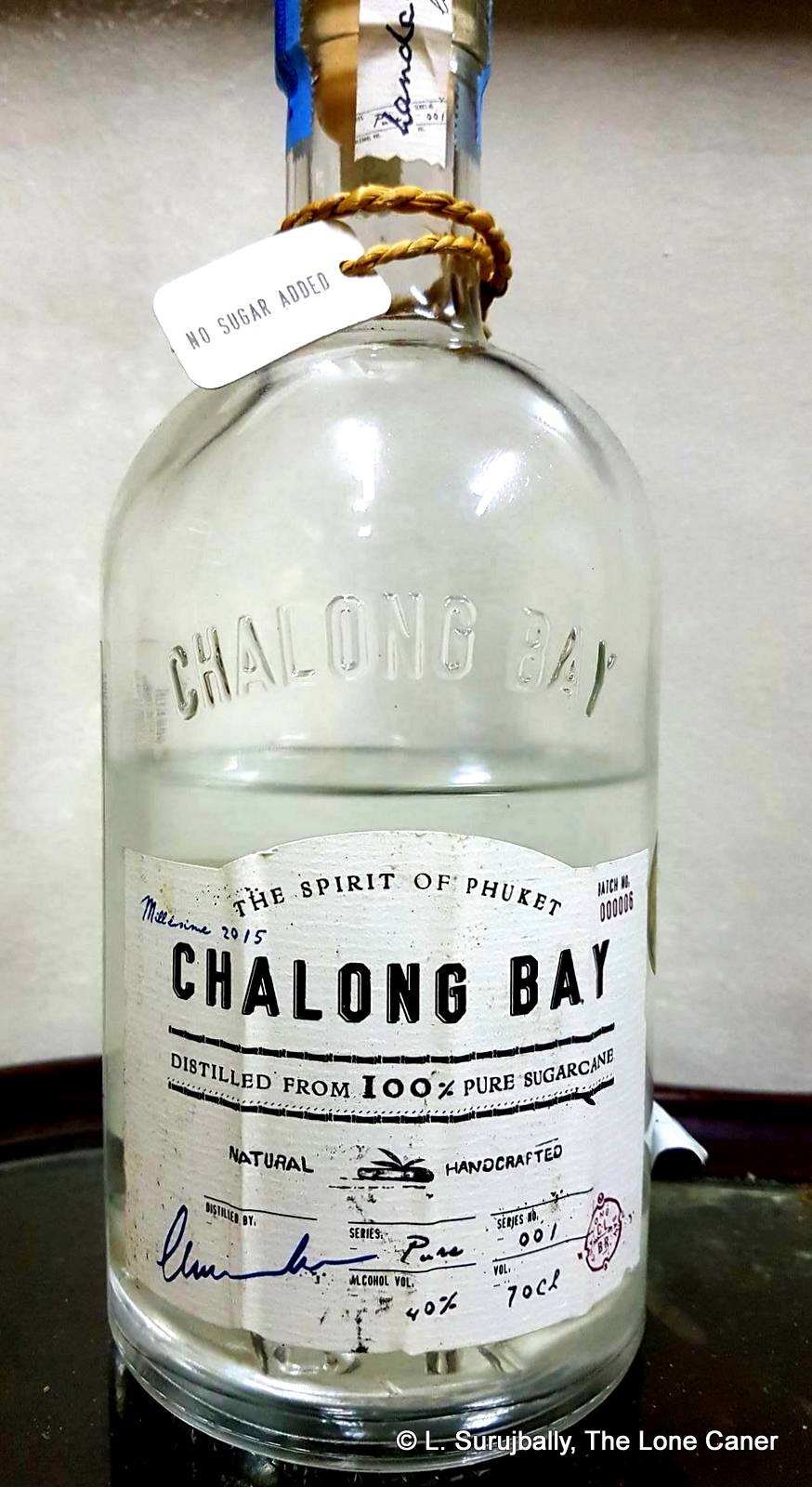
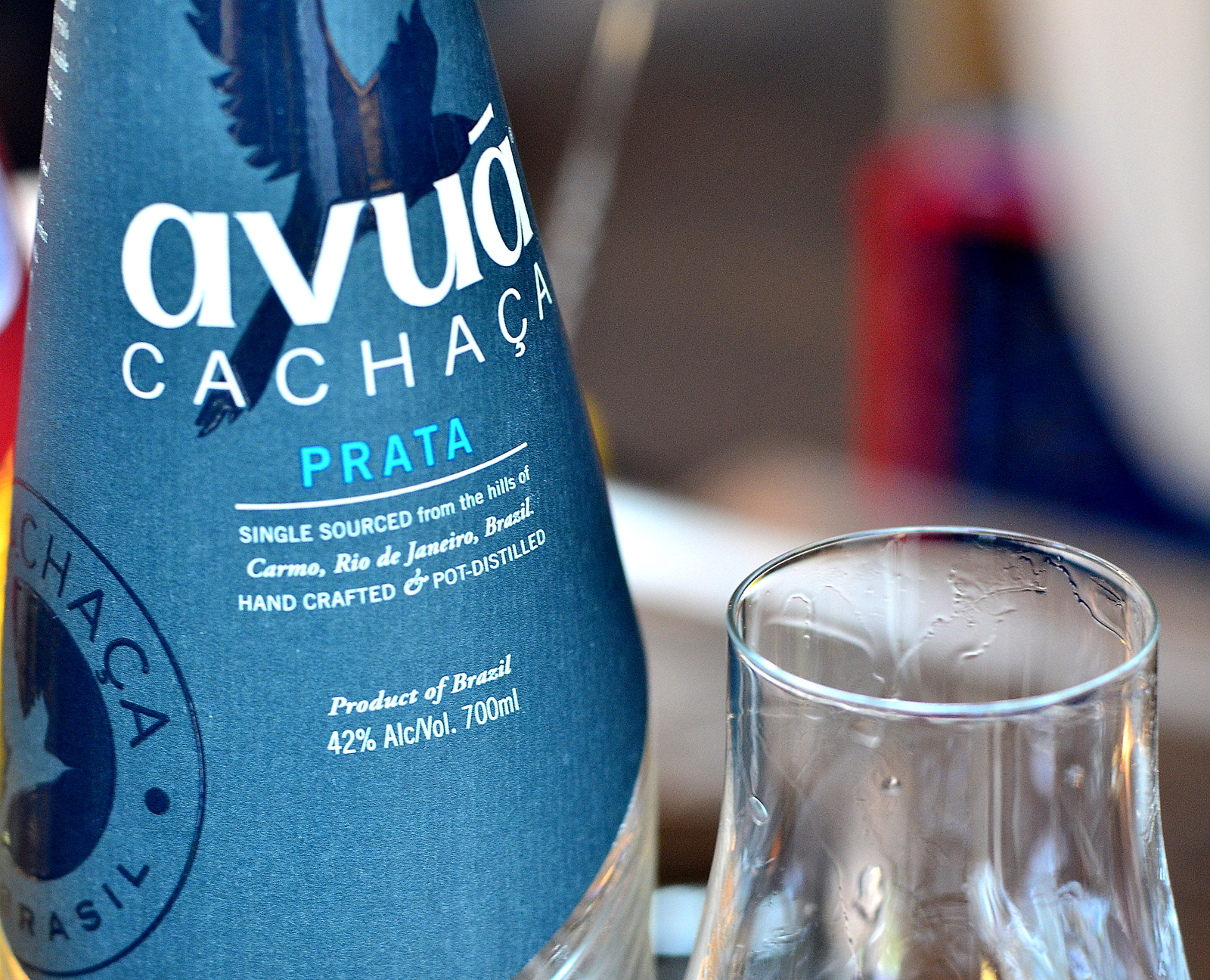
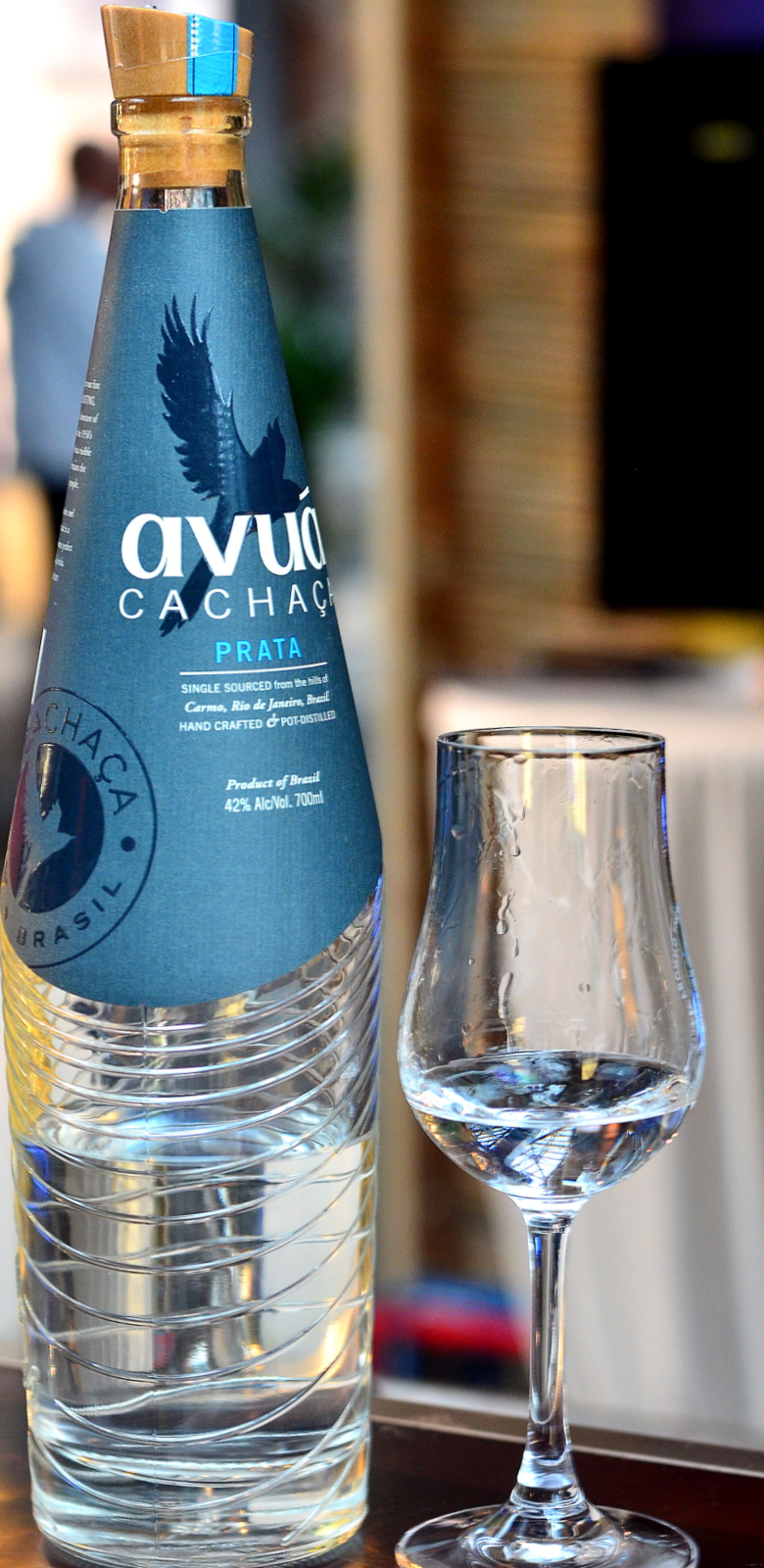 Never mind. Quite aside from these biographical details, I’m always on the lookout for interesting white rums, and so made it a point to check out the Prata just to see how well it fared. Which was, for a 42% rested-but-not-aged pot still rum, not shabby at all, if not quite as feral or in-your-face as some of the French island
Never mind. Quite aside from these biographical details, I’m always on the lookout for interesting white rums, and so made it a point to check out the Prata just to see how well it fared. Which was, for a 42% rested-but-not-aged pot still rum, not shabby at all, if not quite as feral or in-your-face as some of the French island 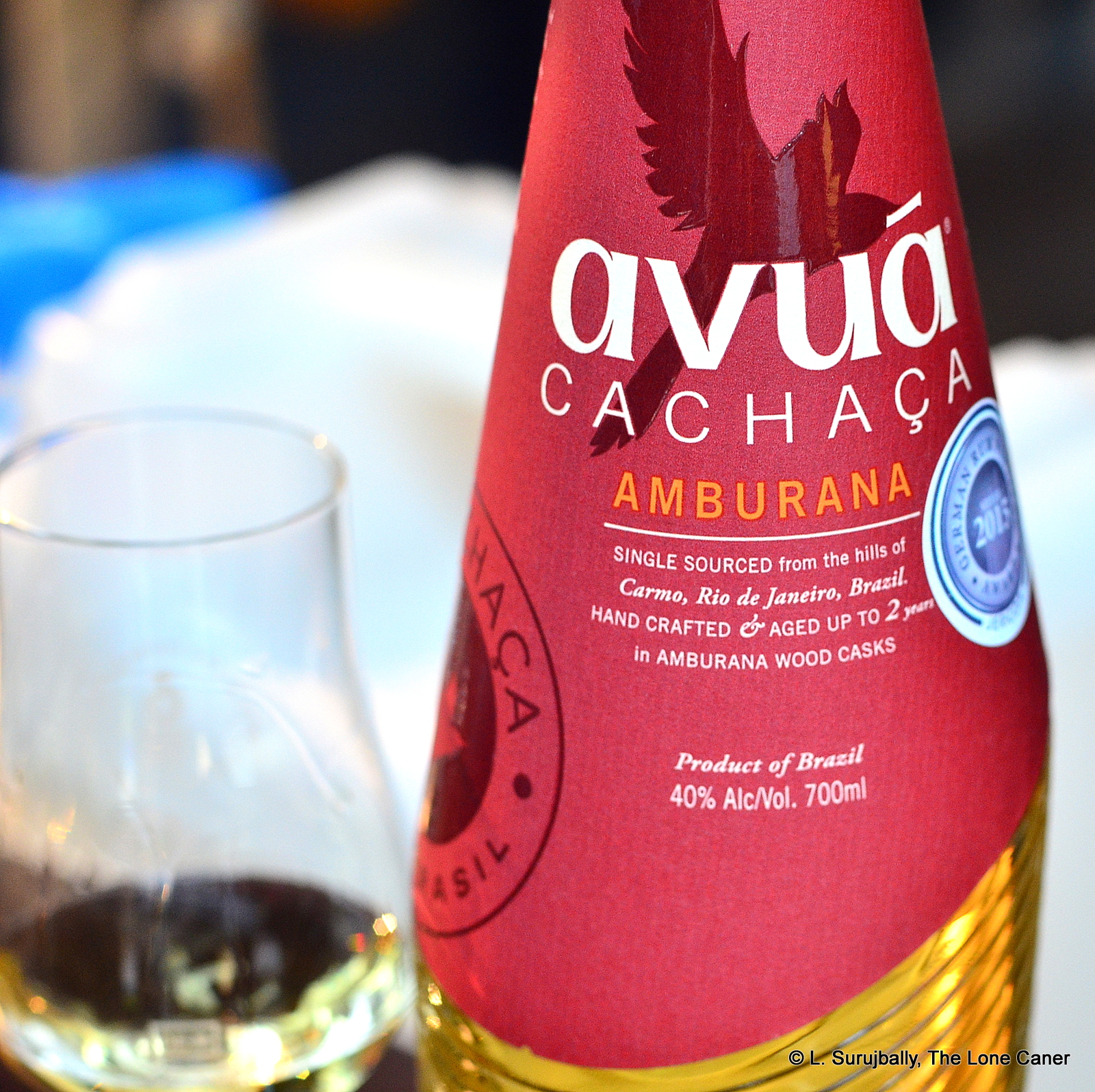
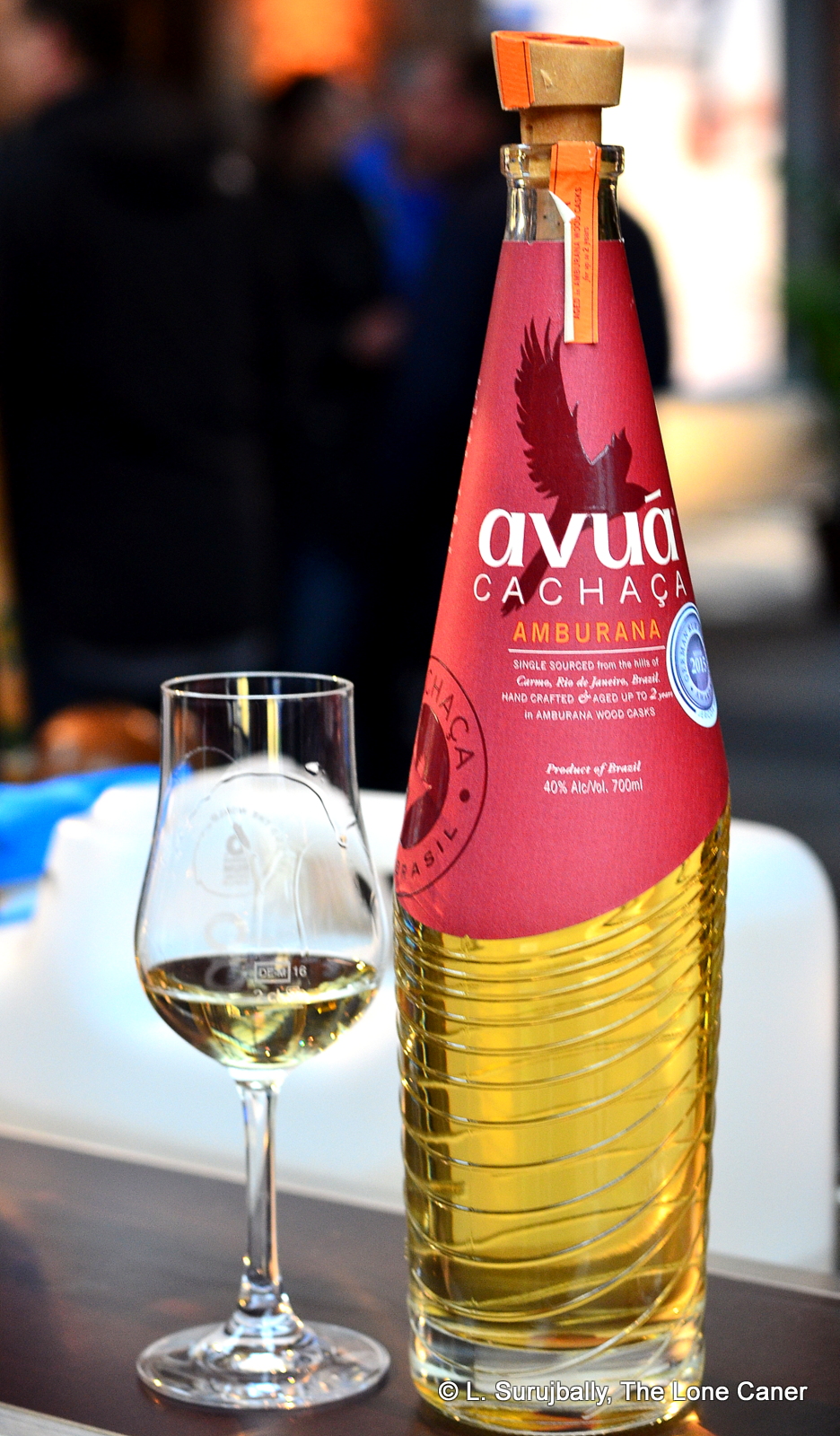 Does the amburana make for a uniquely different taste profile? Yes and no. It certainly presented aspects that were similar to young agricoles – fresh and crisp aromas of watery pears, sugar cane sap, swank and watermelon just to start with, clear without real sharpness. It’s after opening up for a few minutes that it shows its antecedents more clearly, because other smells, somewhat more unusual, begin to emerge – cinnamon, nutmeg, bitter chocolate, sawn lumber, wet sawdust, freshly baked dark bread. Not your standard fare by any means.
Does the amburana make for a uniquely different taste profile? Yes and no. It certainly presented aspects that were similar to young agricoles – fresh and crisp aromas of watery pears, sugar cane sap, swank and watermelon just to start with, clear without real sharpness. It’s after opening up for a few minutes that it shows its antecedents more clearly, because other smells, somewhat more unusual, begin to emerge – cinnamon, nutmeg, bitter chocolate, sawn lumber, wet sawdust, freshly baked dark bread. Not your standard fare by any means. 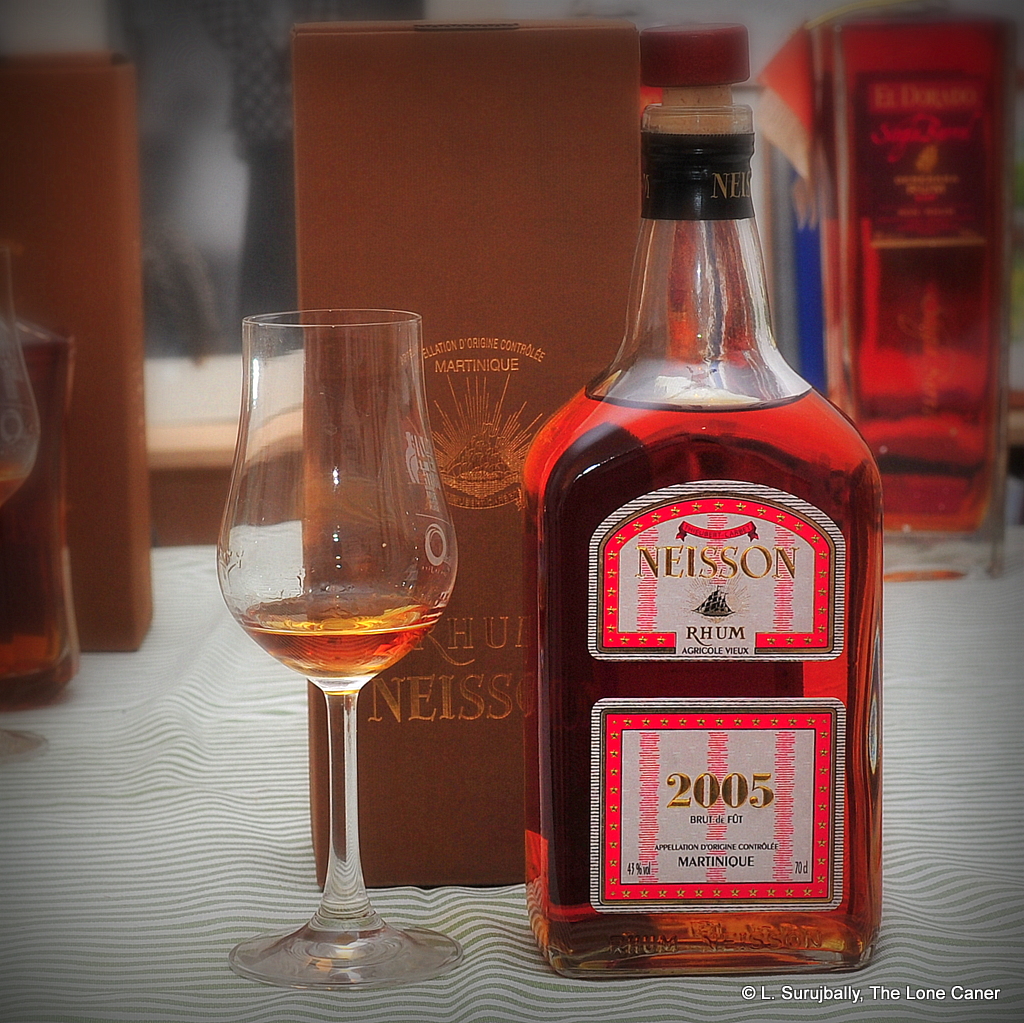
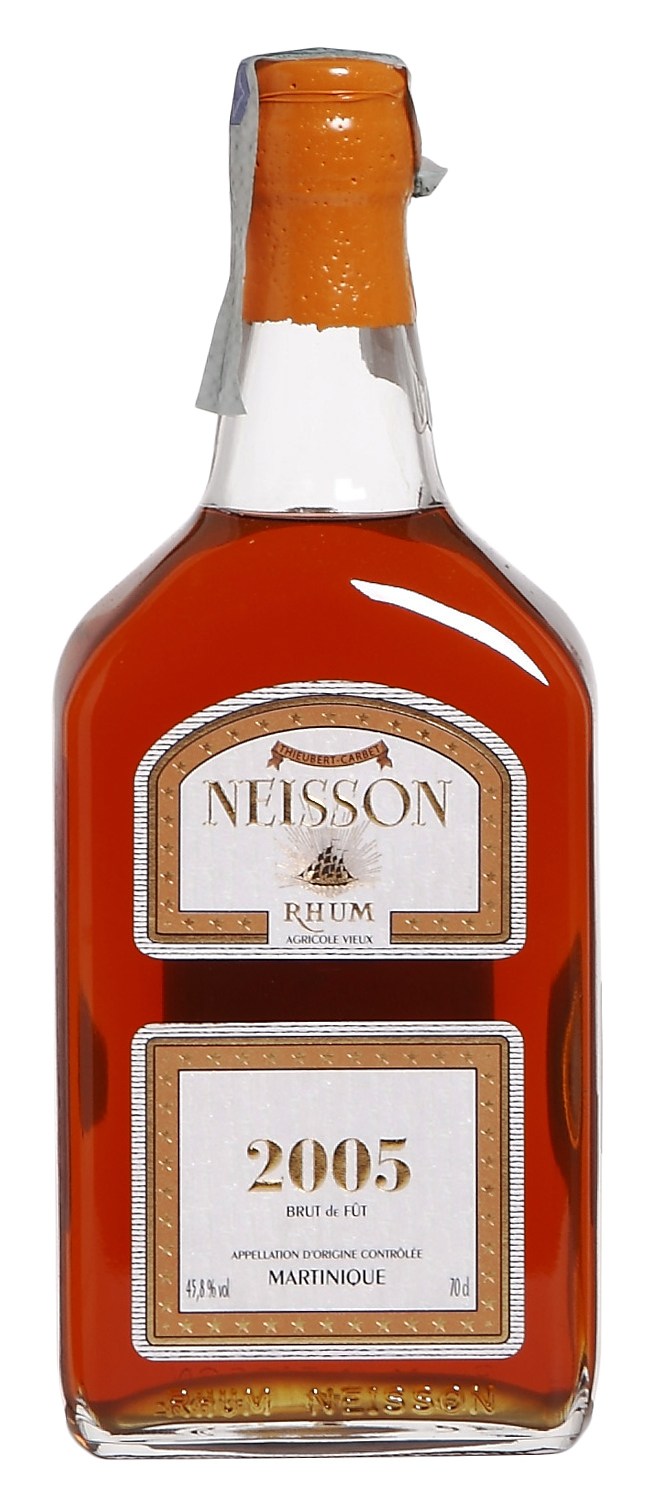
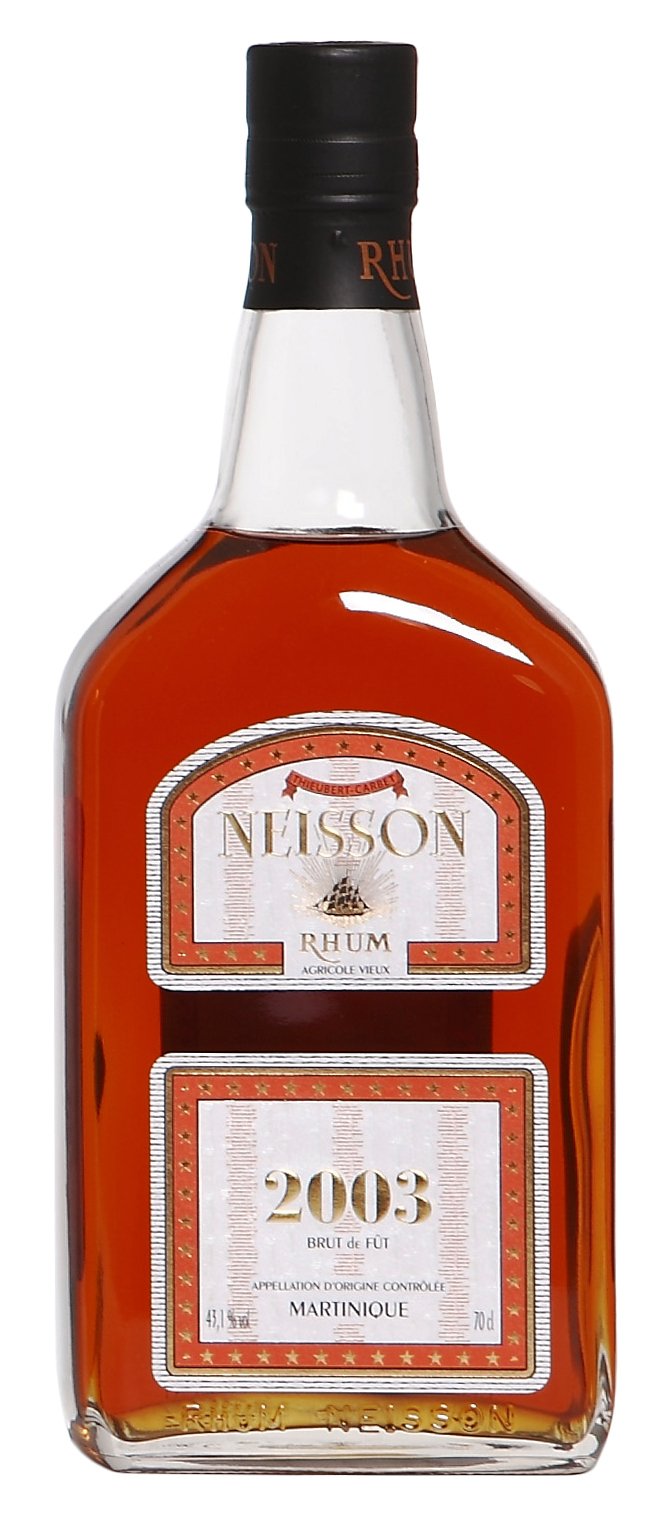 Rumaniacs Review #073 | 0488
Rumaniacs Review #073 | 0488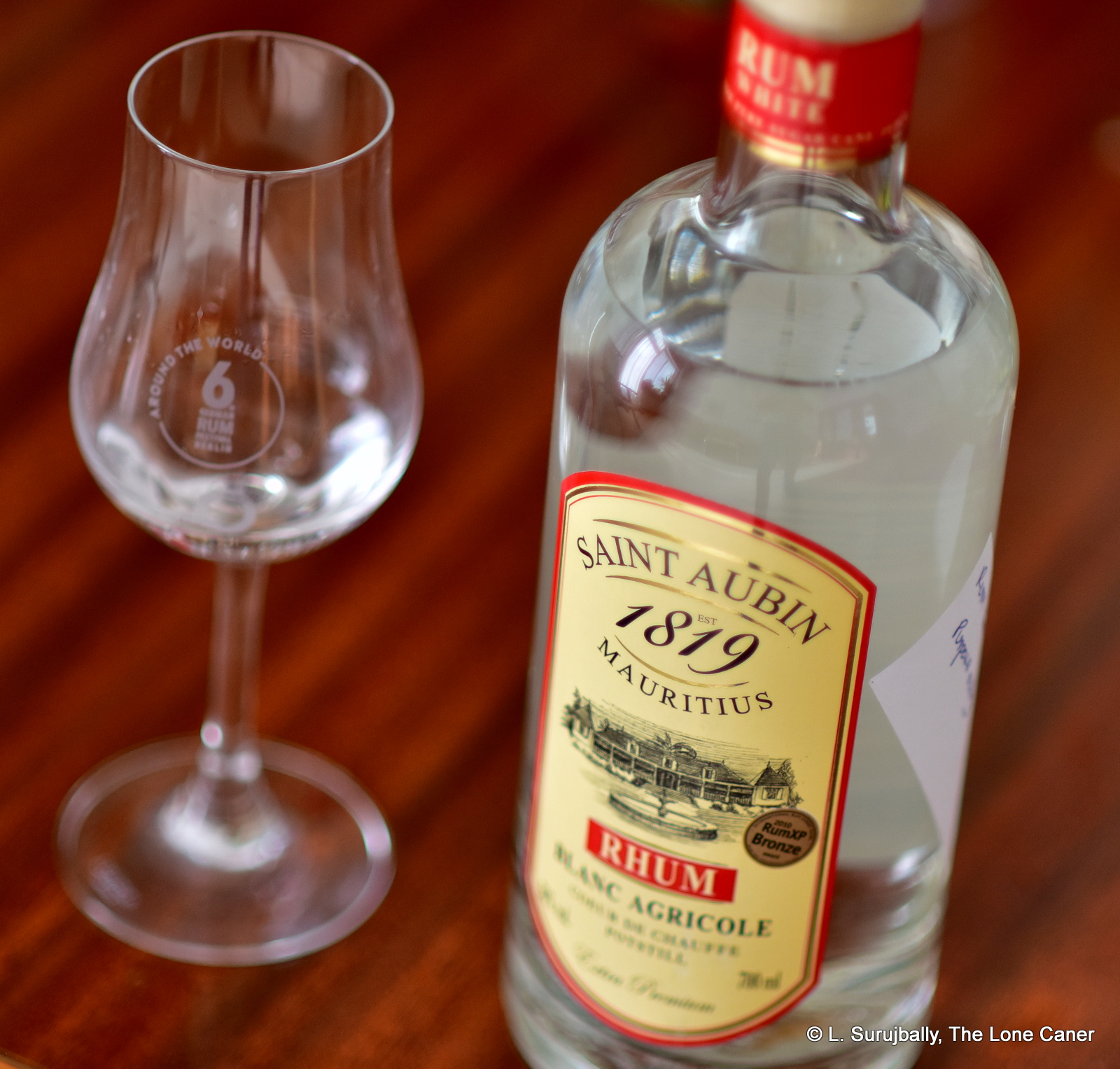
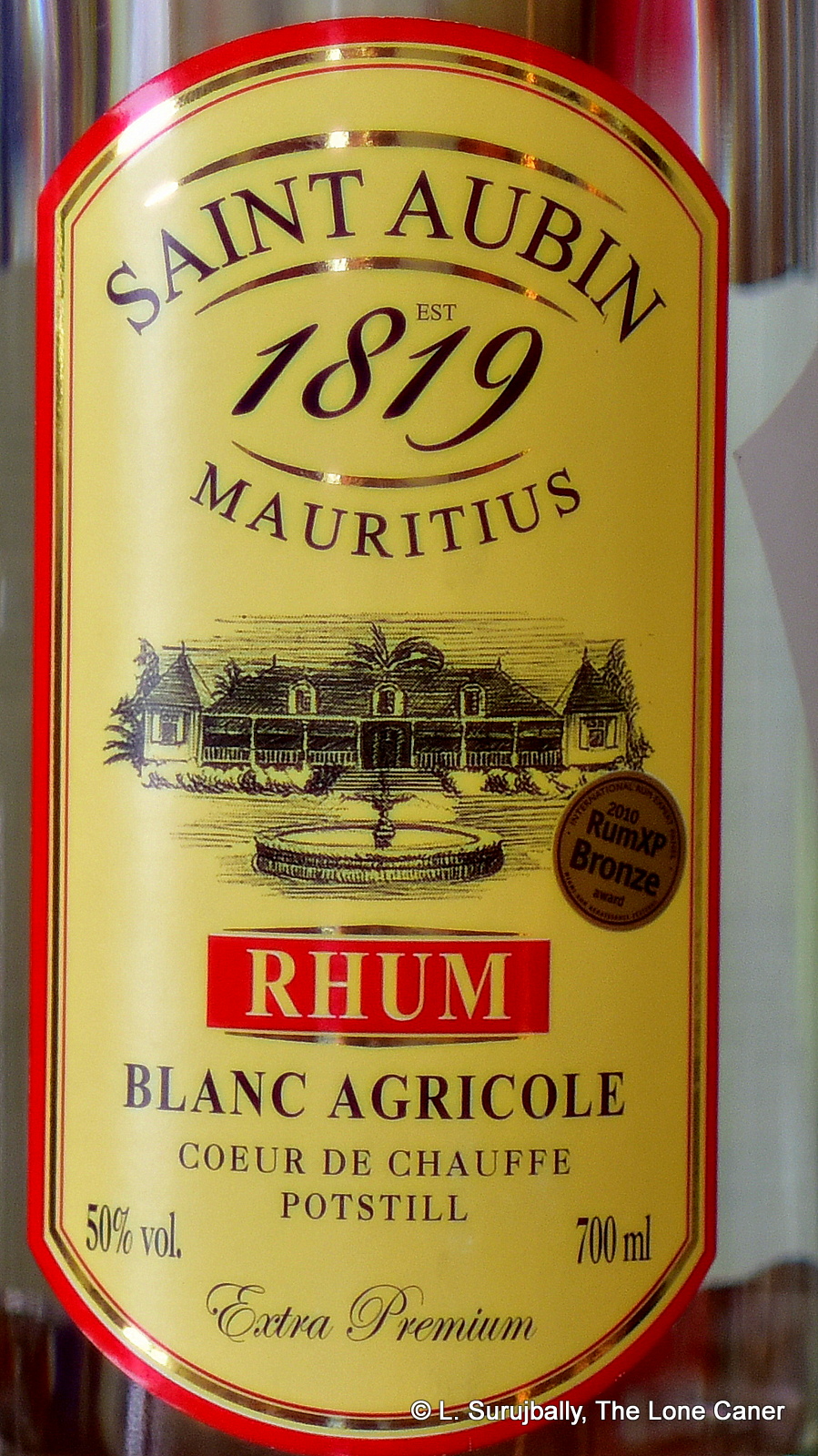 See, while furious aggression
See, while furious aggression 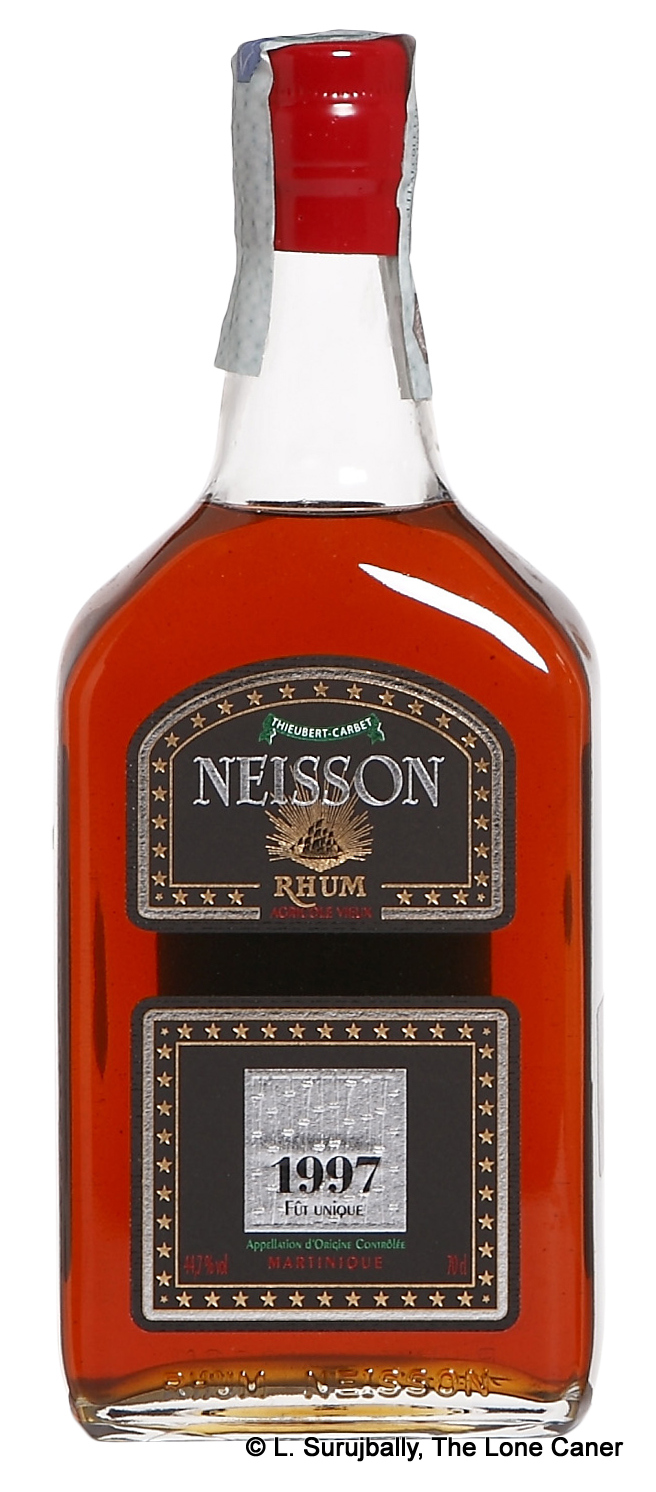 Rumaniacs Review #072 | 0486
Rumaniacs Review #072 | 0486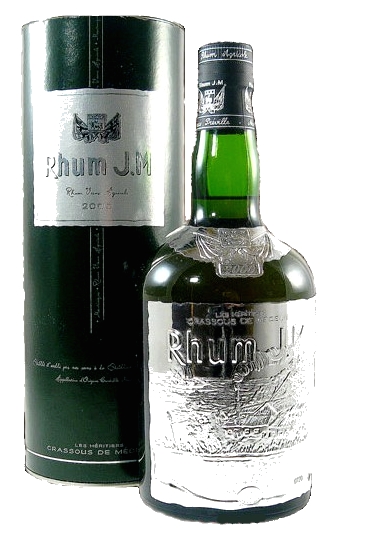
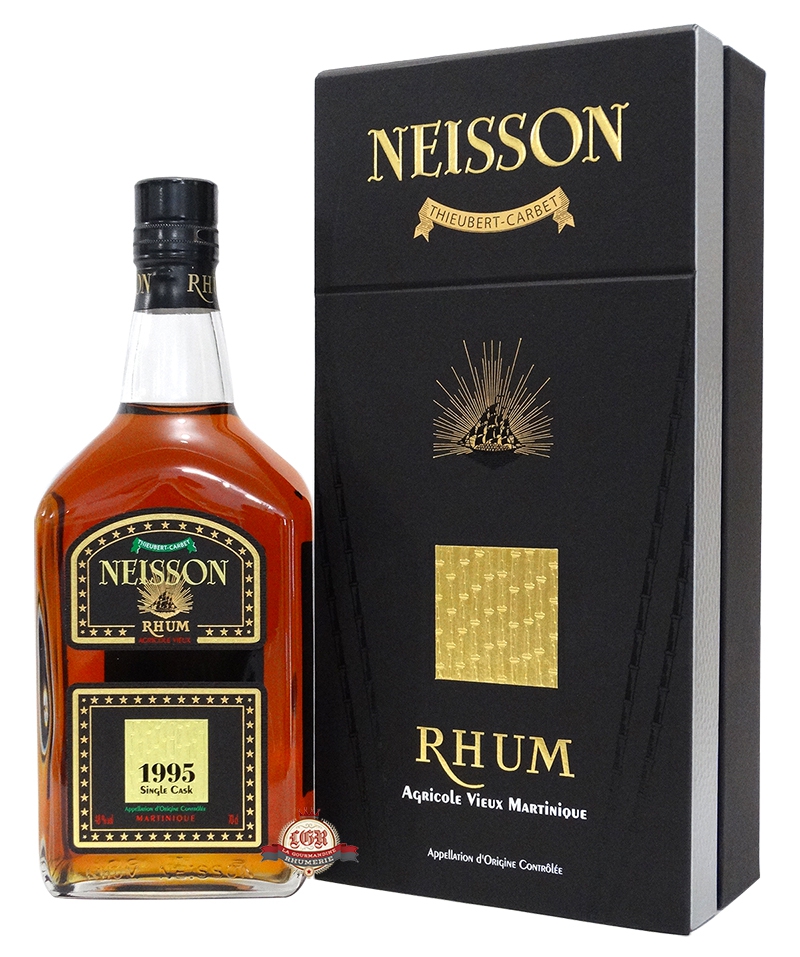 Rumaniacs Review #071 | 0484
Rumaniacs Review #071 | 0484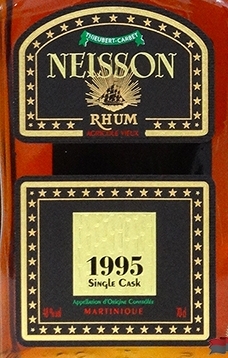 Palate – Thrumming and deeply vibrant rhum, one wonders how they wrung such depth out of a “mere” 48% – however, I’m not complaining. Dark and hot black tea. Ripe apricots, overripe mangoes, honey, cherries, wound about and through with citrus peel. Also some anise, coca cola (odd, but there you are). Dill, sage, a flirt of mint, grass, a faint wine-y tone and yes, there’s a whiff of chocolate as well.
Palate – Thrumming and deeply vibrant rhum, one wonders how they wrung such depth out of a “mere” 48% – however, I’m not complaining. Dark and hot black tea. Ripe apricots, overripe mangoes, honey, cherries, wound about and through with citrus peel. Also some anise, coca cola (odd, but there you are). Dill, sage, a flirt of mint, grass, a faint wine-y tone and yes, there’s a whiff of chocolate as well.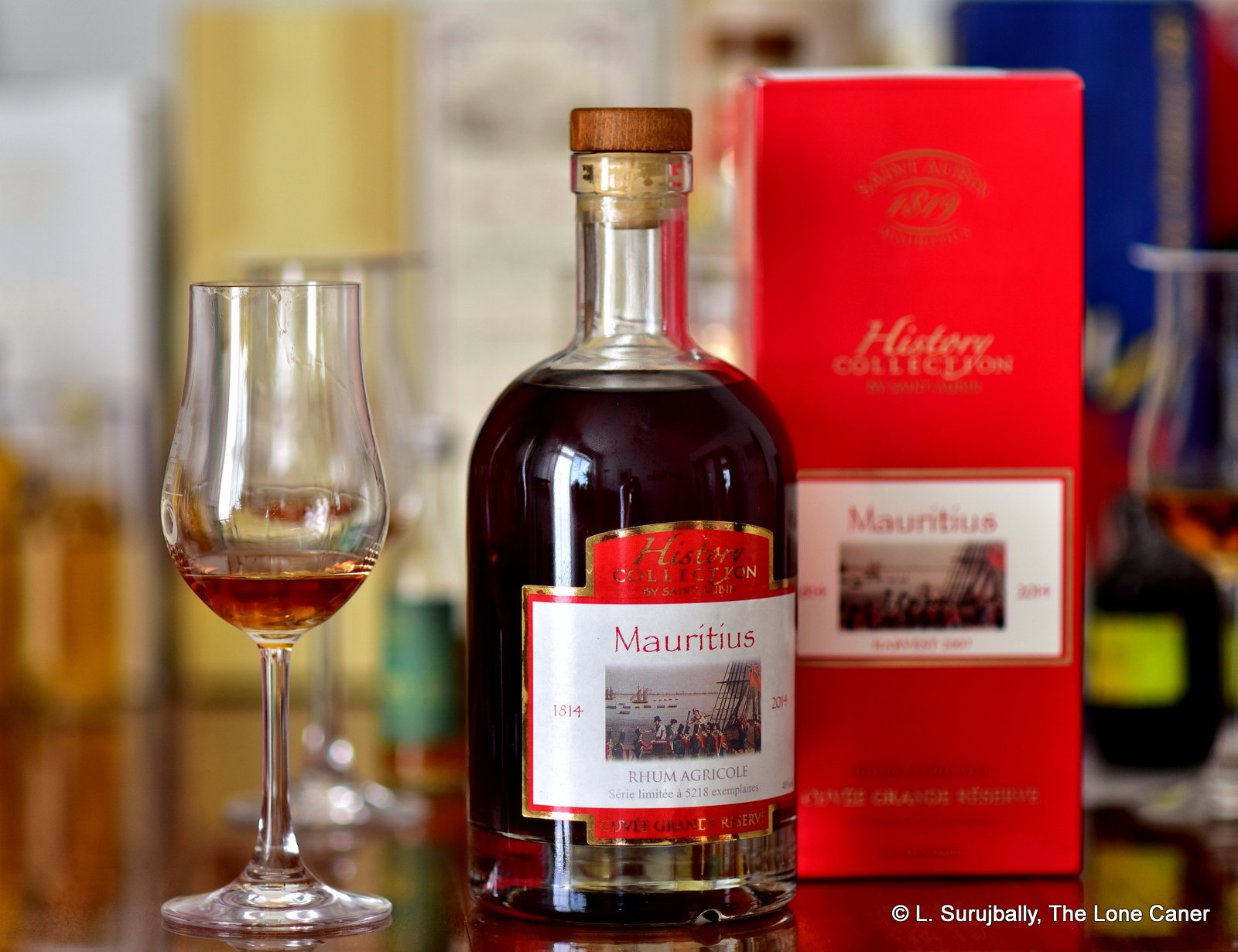
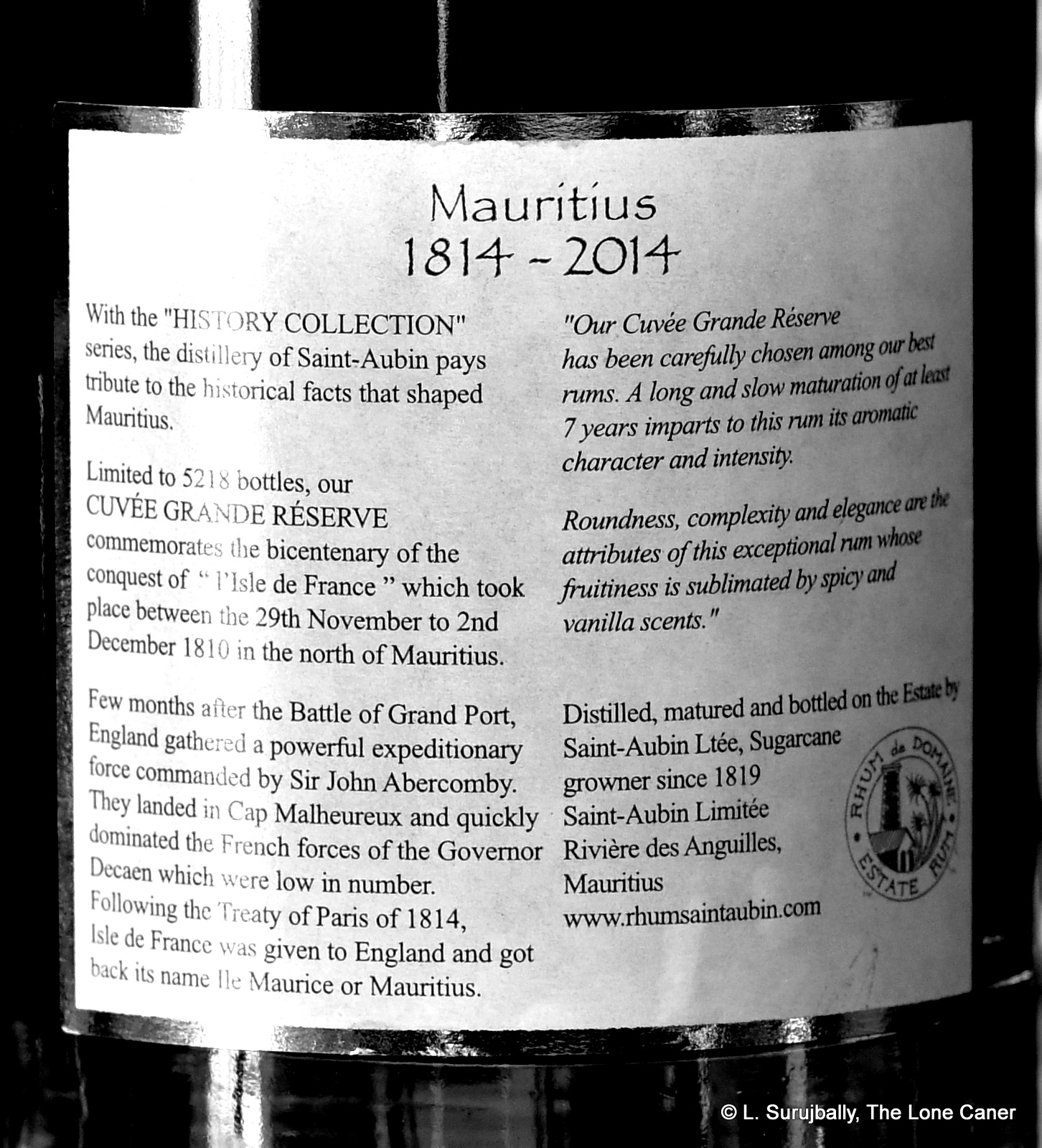 The nose told a tale that would be repeated right down the line, and what I smelled was pretty much what I tasted, with a few variations here and there. It was light and clean, yet displaying darker, muskier spicier notes as well: vanilla, coffee, licorice and some sharp tannins, with the musty long-disused-attic tastes remaining. Some fruits – peaches and cherries for the most part – stayed in the background. The core was anise and sawdust and unsweetened chocolate, and overall it presented as somewhat dry. Quite nice — if it fell down at all it was in the finish, which was more licorice and chocolate, thin tart fruits (gooseberries perhaps) and after a few hours, it took on a metallic tang of old ashes doused with water that I can’t say I entirely cared for.
The nose told a tale that would be repeated right down the line, and what I smelled was pretty much what I tasted, with a few variations here and there. It was light and clean, yet displaying darker, muskier spicier notes as well: vanilla, coffee, licorice and some sharp tannins, with the musty long-disused-attic tastes remaining. Some fruits – peaches and cherries for the most part – stayed in the background. The core was anise and sawdust and unsweetened chocolate, and overall it presented as somewhat dry. Quite nice — if it fell down at all it was in the finish, which was more licorice and chocolate, thin tart fruits (gooseberries perhaps) and after a few hours, it took on a metallic tang of old ashes doused with water that I can’t say I entirely cared for.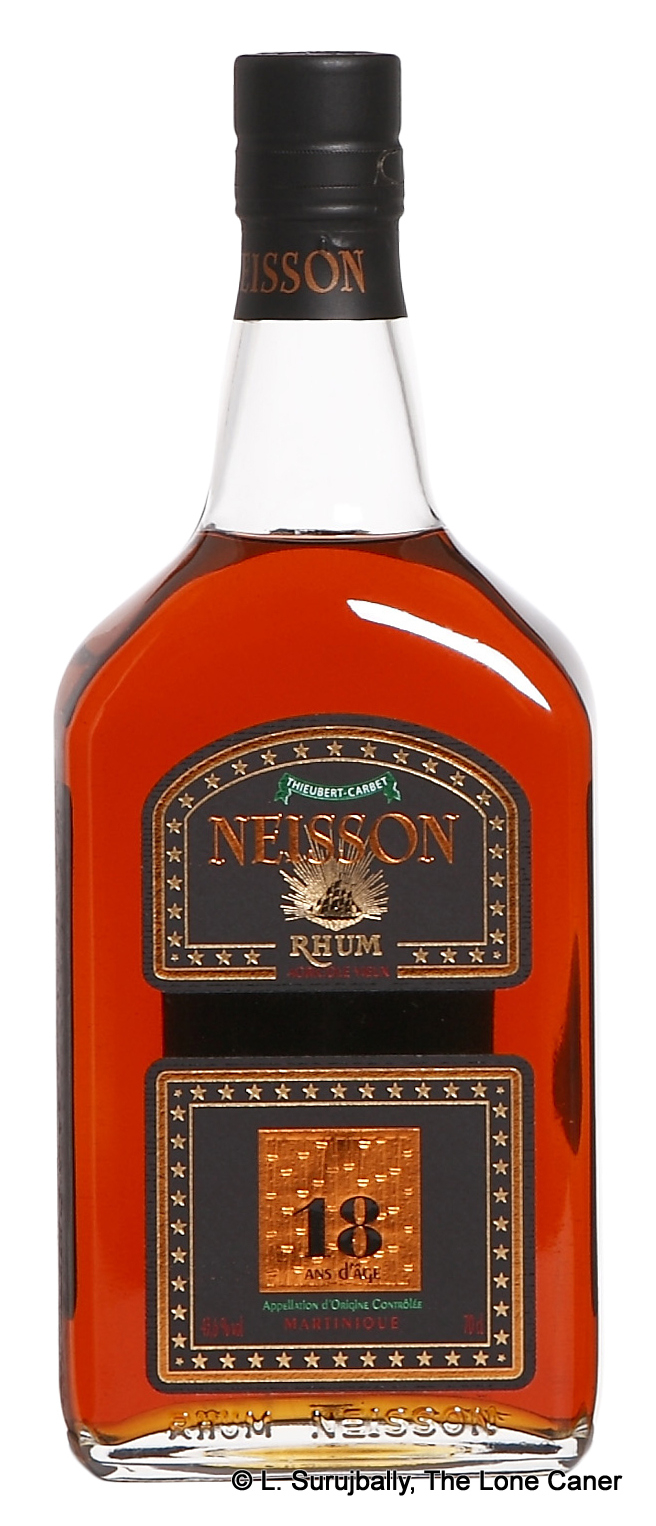 Rumaniacs Review #070 | 0482
Rumaniacs Review #070 | 0482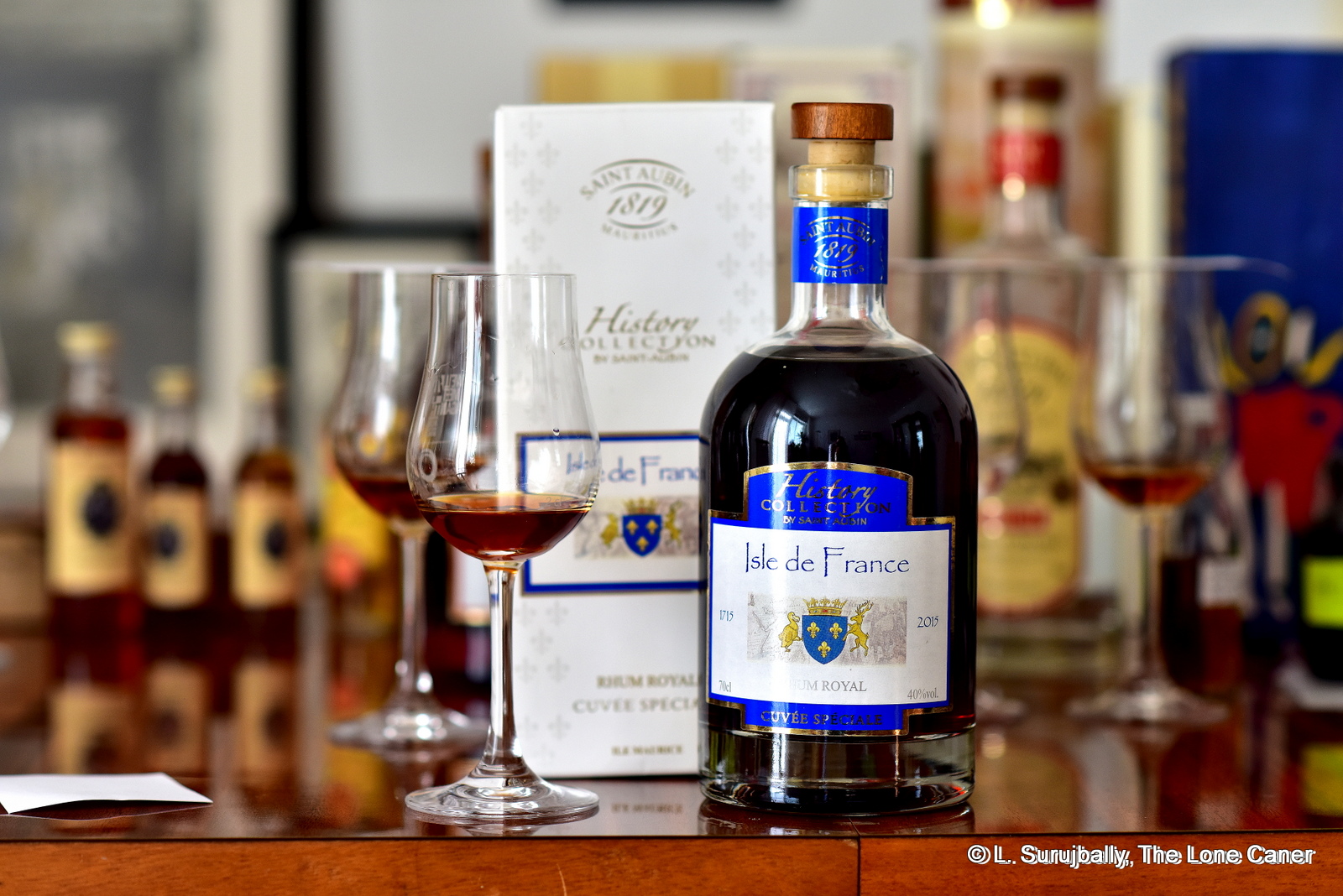
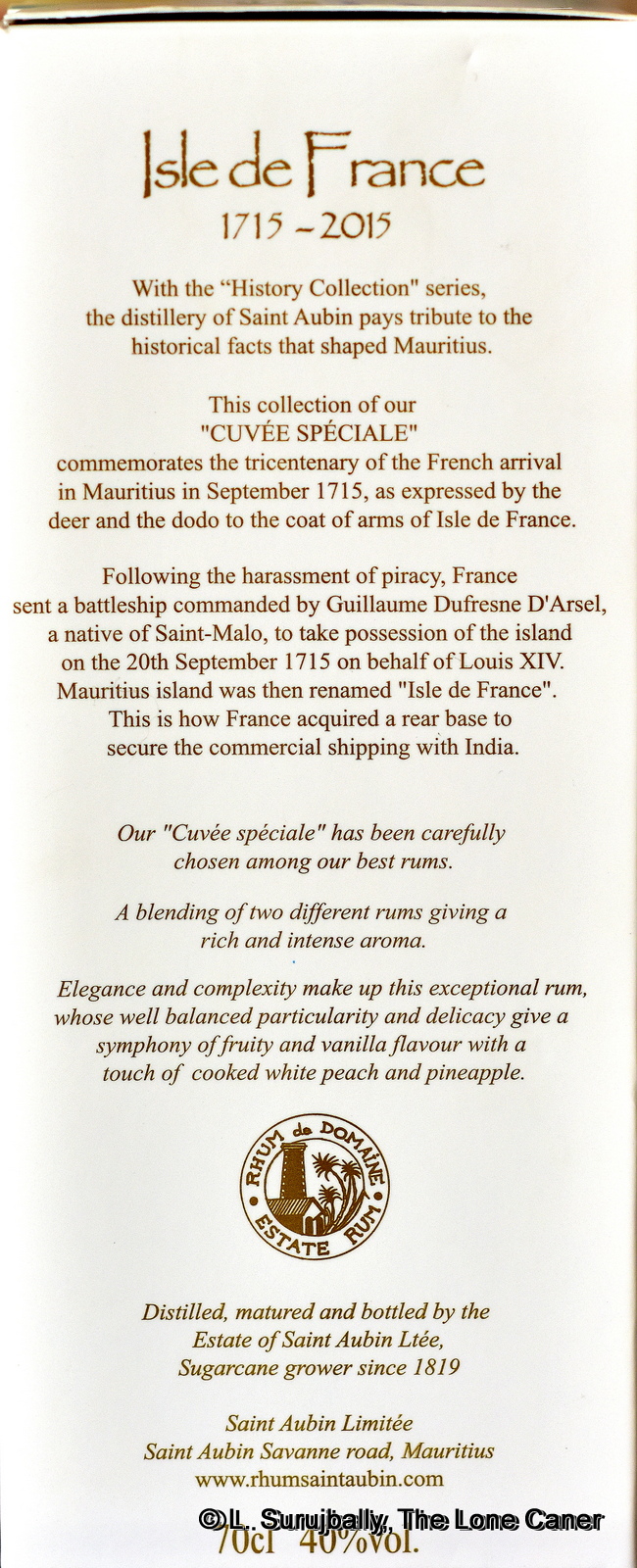 According to my email exchanges with the company, the rhum was produced from the harvest of 2005, and is a blend of two rhums – pot still (30%) aged ten years aged in ex-bourbon barrels, and column still (70%) stored in inert inox tanks; both distillates deriving from cane juice . As a further note, although sugar was explicitly communicated to me as
According to my email exchanges with the company, the rhum was produced from the harvest of 2005, and is a blend of two rhums – pot still (30%) aged ten years aged in ex-bourbon barrels, and column still (70%) stored in inert inox tanks; both distillates deriving from cane juice . As a further note, although sugar was explicitly communicated to me as 
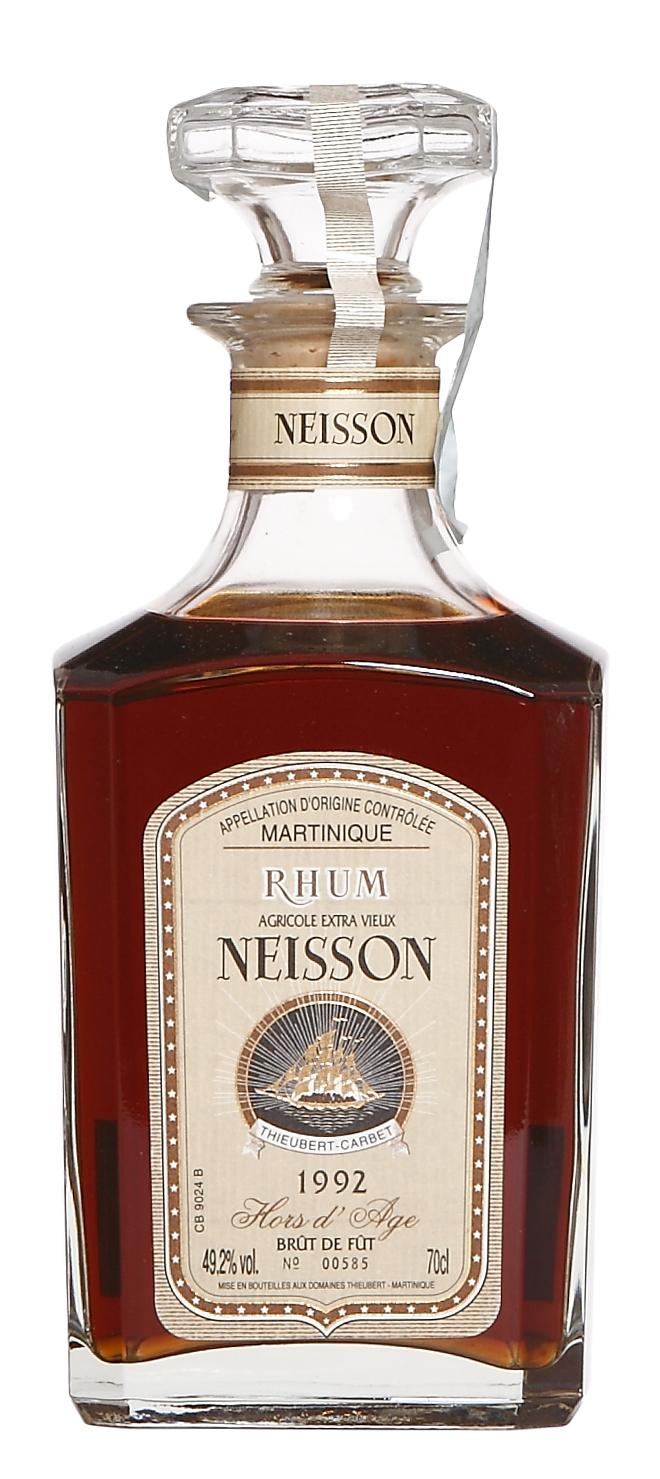 Rumaniacs Review #068 | 0478
Rumaniacs Review #068 | 0478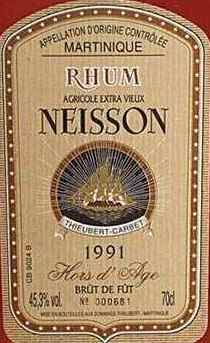 Rumaniacs Review #067 | 0476
Rumaniacs Review #067 | 0476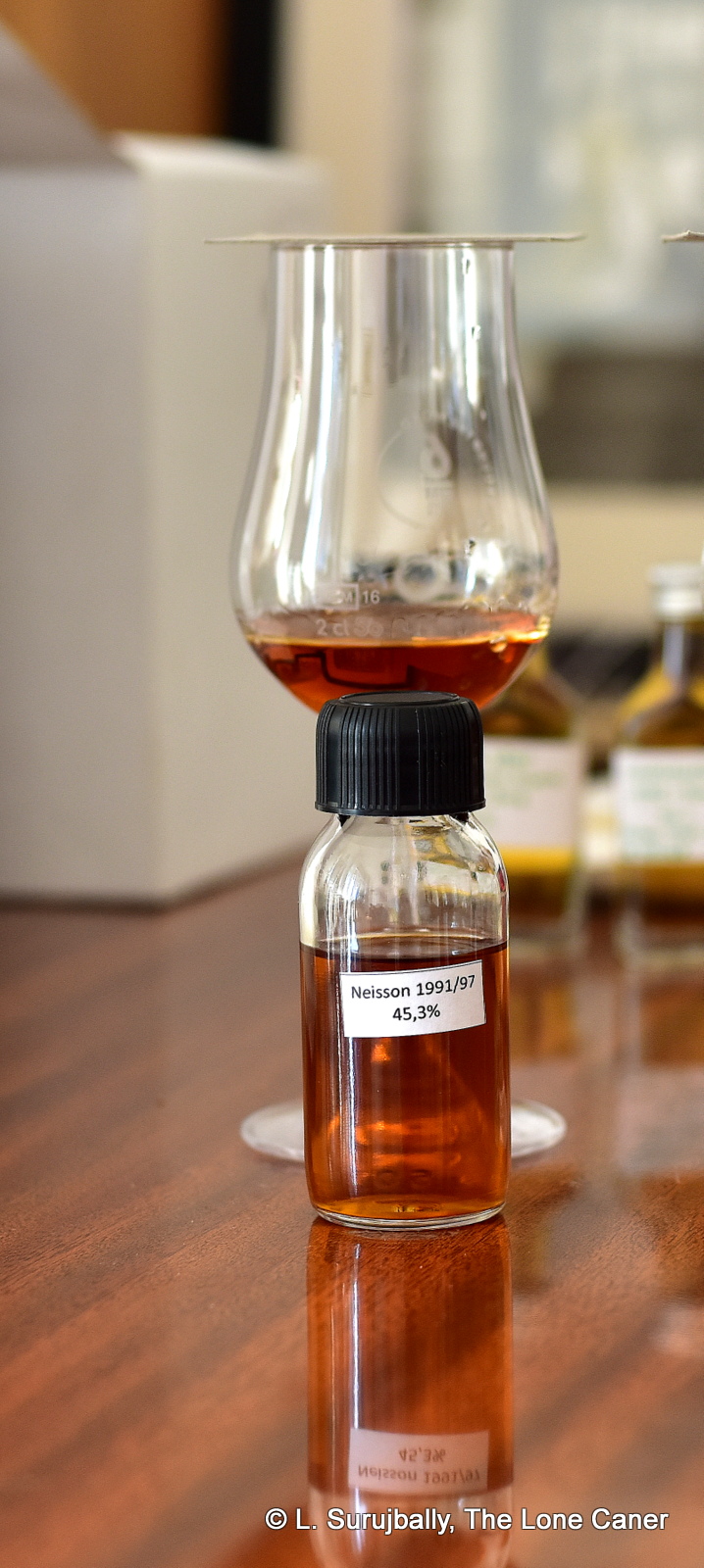 Nose – Starts easy, yet with enough bite to announce itself. Salty pecans, licorice, caramel and raisins (not really the opening I was expecting from an agricole, to be honest). It’s also light with florals, some nuttiness and a blade of pungent crushed lime leaves running through it. Grasses and herbs stay well back, and it morphs nicely into a sort of fanta-orange juice blend, combining snap with tastiness.
Nose – Starts easy, yet with enough bite to announce itself. Salty pecans, licorice, caramel and raisins (not really the opening I was expecting from an agricole, to be honest). It’s also light with florals, some nuttiness and a blade of pungent crushed lime leaves running through it. Grasses and herbs stay well back, and it morphs nicely into a sort of fanta-orange juice blend, combining snap with tastiness.
